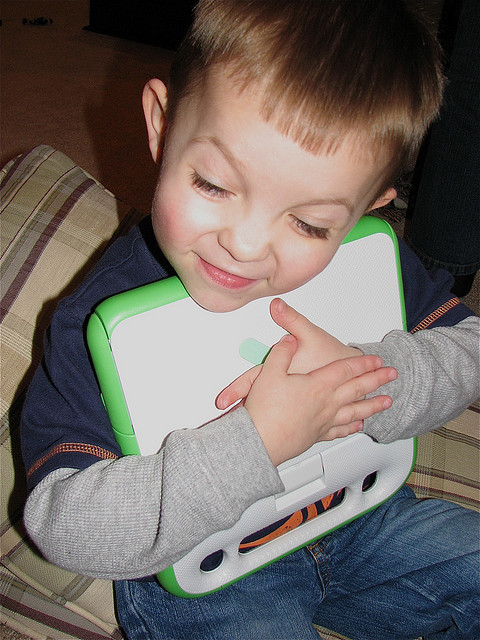Having Employees Accept Gamification Can be Tricky
Julie has recently been hired to a global sales team, she is eager to prove her worth. She keeps receiving countless emails letting everyone know her new co-workers are being awarded badges and accumulating points in some way. When she tries to find out why she is getting all these public notifications that are clogging up her inbox, her manager tells her it’s some gaming platform his boss made him use – “it’s a mandate from up high, I had nothing to do with it”.
During lunch, her cubicle mate tells her that three months ago the company decided to implement a gaming platform announced with great fanfare by the higher ups, but since then the only thing that’s different is that they have a desktop app that gives them “meaningless points for meaningless actions”. Once her lunch break is over, she marks all the emails as spam.
Could this have turned out differently?
In the last few gamification deployments I’ve done with with Fortune 500 and smaller companies, we learned a number of lessons that can help reduce Julie’s reaction towards a newly implemented gamification solution. When designed correctly, gamification has proven to be very successful in engaging people and motivating them to change behaviors, develop skills or solve problems. Here are a few guidelines that will surely increase the chances of your gamification platform becoming the next office hit:
- Assign a process leader — that is, a change manager that will set the tone of the app. This person should know the users and your organizational culture. He will be the “face of the process” and will accompany the users from their beginning steps in the platform. The change manager’s purpose is to assure that the platform be suited to your company’s workforce and aspirations.
- Customize the user experience to your specific business and cultural needs; otherwise you are bound to face an uphill battle with adoption. Expectations around UI, collaboration, sharing and rewards change dramatically based on geographies, age groups and industry, and your underlying platform needs to be able to adapt accordingly.
- Avoid implementing additional software. Users have to deal with many different applications on a day-to-day basis as it is. Your gaming platforms should be seamlessly integrated into your organization’s existing applications in order to avoid overload and accentuate the connection between your daily routine and the game.
- Make user registration simple and as easy as possible. Once you have the platform up and running, designed with the appropriate theme and game setup – invite the users via a short and fun welcome-mail and/or video. Don’t explain the game in detail, just enough to try and peak their curiosity. Make sure to have a link to the platform alongside the video.
- Use email notifications very sparingly. In order to not clutter everyone’s inbox and overwhelm the users, personal advances in the game and announcements should be made using personalized mails and notifications. And even those should be used carefully and prudently.
- Start small. Avoid the temptation to attempt too much right at the beginning. Start small, celebrate some initial successes, and be mindful to address failures and learn from them, before moving towards larger goals.
Implementing a gamification solution into the workplace is a tricky situation because its success is determined by people using it and therefore, it becomes a requirement, which can undermine it from the very start. The best thing you can do is to make the gamification implementation as seamless, easy, and unobtrusive as possible and hope to see its proper effects take place. Be open to user-feedback and constantly iterate for the best workspace gamification experience possible.
Gal Rimon, CEO & Founder of GamEffective.com, a former CEO of Consulting companies in the fields of Performance management, Analytics, Marketing and Customer service.
CC Flickr Image by cpennywcupa









Nice
great tips.
I think 3 and 4 are real keys here. Simplifying this process take out the barriers to entry which will quickly turn off and annoy many employees.